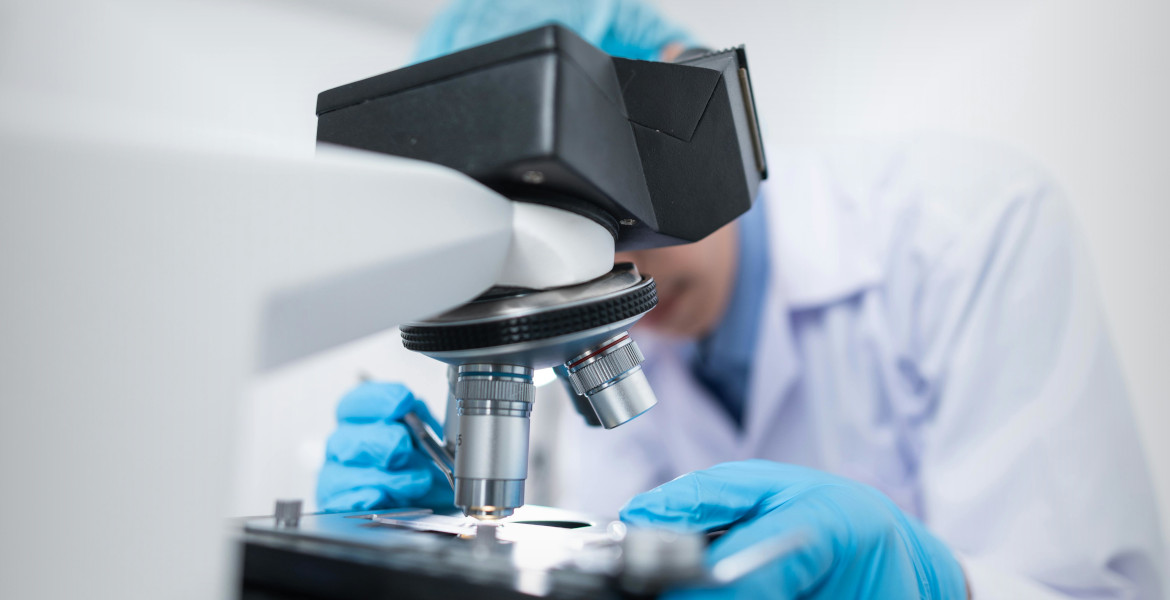In a new report, researchers question the advice that sunscreen can reduce the risk of skin cancer. Instead, they argue that sunscreen may lead to longer exposure to the sun, increasing the risk of malignant melanoma.
In "Work-related skin cancer", Swedish researchers looked at the risk of skin cancer in people who work outdoors. It shows that researchers have doubts about whether sunscreen protects against cancer.
– We believe that there is not enough scientific evidence to recommend the use of sunscreen to prevent skin cancer, there are no scientific studies that have shown that sunscreen reduces the risk of skin cancer, says Bengt Järvholm, professor of public health at Umeå University and chief physician at Norrland University Hospital, one of the researchers behind the report, in a press release.
Risks difficult to eliminate
Sunscreen is one of the recommendations Swedish authorities have for the public to avoid skin cancer, yet skin cancer is increasing significantly in Sweden, according to the researchers. In fact, using sunscreen can lead to spending more time in the sun, increasing the risk of skin cancer.
– Sunscreen means that you burn less, which can mean that you stay in the sun longer and sunbathe more, which exposes you to a higher risk of malignant melanoma, he says.
They also point out that the substances in sunscreens pass through the skin, which has been measured in human urine, for example, but that we do not know what effect this could have.
– The risks are not fully known, but it is difficult to rule out that there could be negative health effects, says Järvholm.
Outdoor workers get less cancer
The report also found that people who work outdoors generally have less skin cancer, even though they are exposed to a lot of sunlight. One explanation could be that these people are exposed to a milder form of the sun in the spring, and thus slowly build up a tan that protects the skin.
The researchers do not advise against using sunscreen, but say it is important to inform people about the findings so they can make their own decisions.
Health expert Fredrik Paulún, author of The Light Revolution (Ljusrevolutionen), also points out that there are misconceptions about the sun and that people should build up a good tan, avoid burning themselves and sunbathe smartly rather than using sunscreen.





